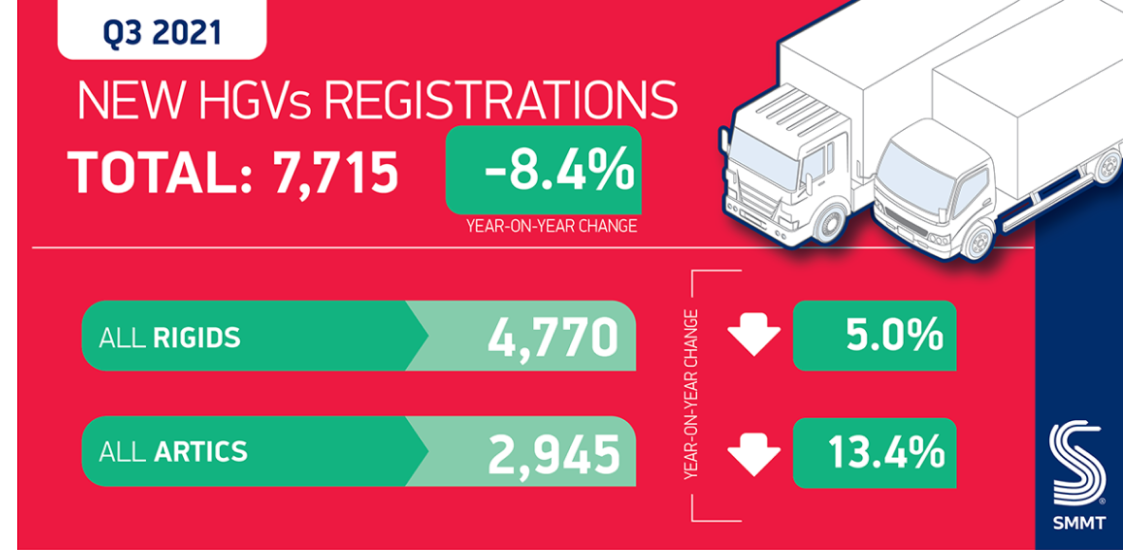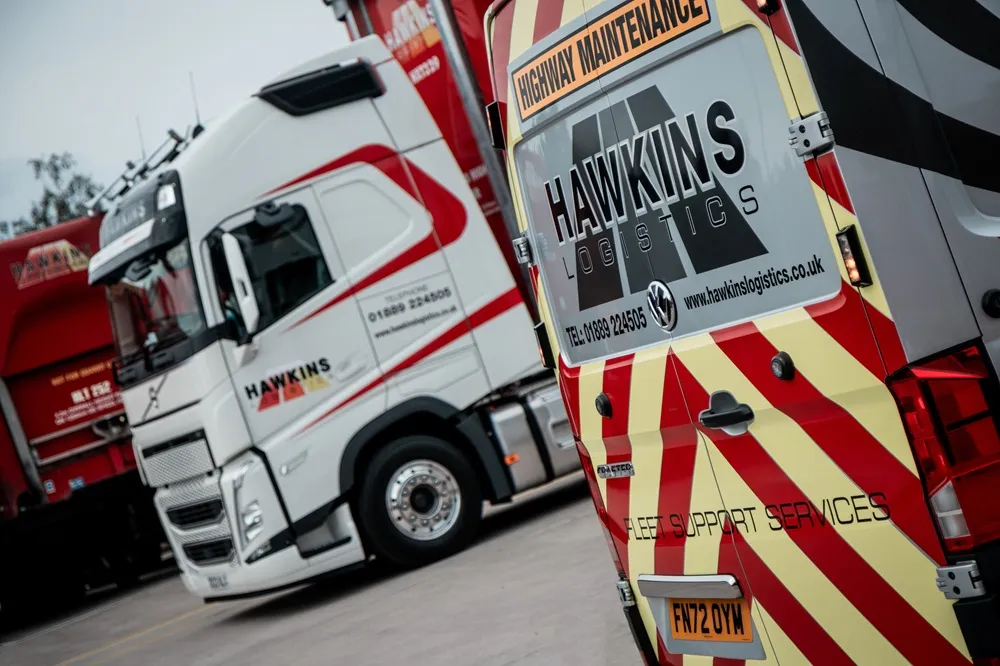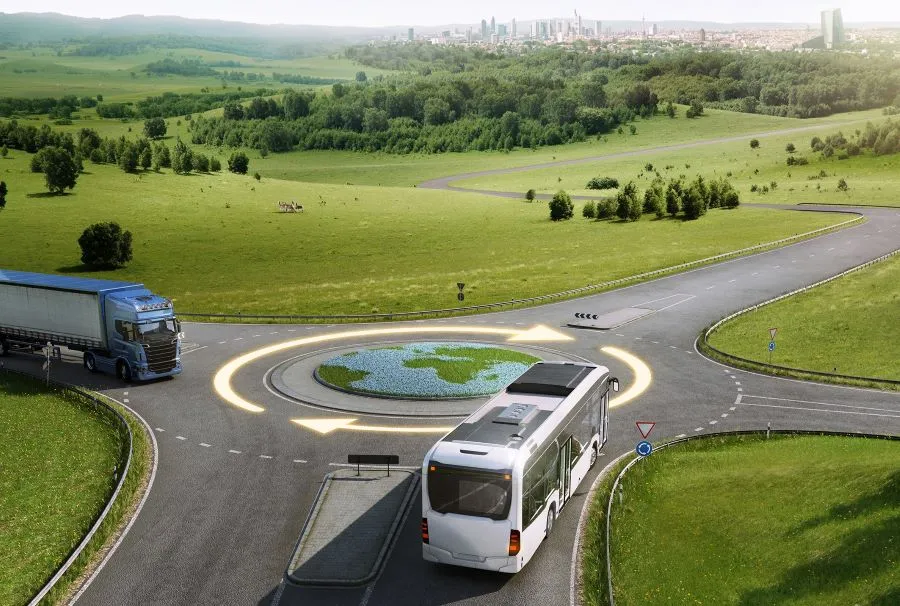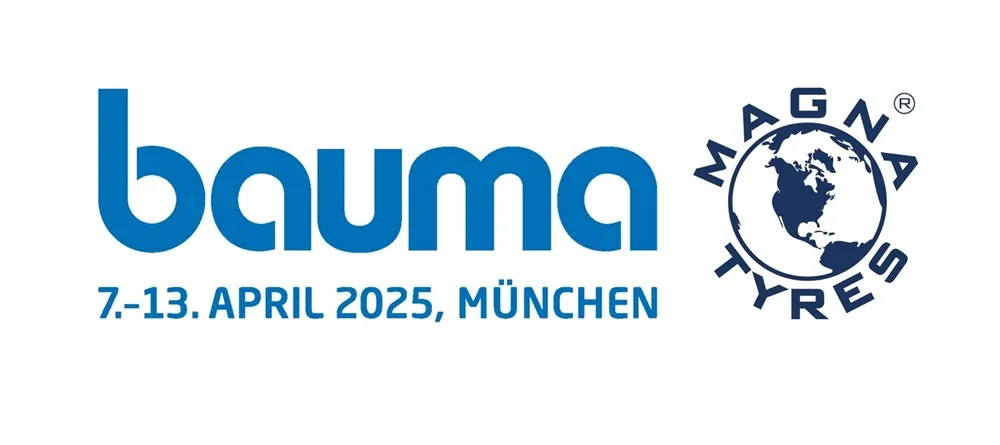With external problems continuing to wreak havoc on the industry, the 7,715 registered vehicles for the third quarter is only a mild 8.4%. This subdued quarter is also 9.8% down on the weak third quarter of 2019. Cumulatively, the registrations for the year-to-date is more noticeable, with only 27,272 trucks registered, which is 24.3% down on the pre-pandemic 2019 level, in figures released by the Society of Motor Manufacturers and Traders (SMMT).
Figures in Context Show Minor Decrease, Although Current Factors Show Market Still Suffering
The 7,715 vehicles registered is 704 units less than 2020’s third quarter and is only slightly lower in 2019 when orders were made in the second quarter to fulfil new smart tachograph regulations. In terms of year-to-date sales, the market is stronger than 2019, which saw 21,763 registrations, or 25.3%, but weaker than 2019 by 24.3%, or 8,749 fewer vehicles. Given that 2020 was a year plagued by Covid-19, we can start to see clear patterns for this year. Articulated trucks fell by 13.4%, and rigids fell by 5%. As we’ve previously covered in Commercial Tyre Business, tractors are holding tight in the market, although the sector declined by 11.8% this quarter.
Mike Hawes, SMMT Chief Executive said of the figures: With operators still struggling with acute driver shortages, and global semi-conductors shortages restricting production, it is disappointing, yet unsurprising, to see the number of registrations fall in the third quarter. The sector is also facing significant long-term challenges, with the government confirming its ambition to end the sale of all non-zero emission HGVs by 2040. Manufacturers are investing billions into the latest, green technologies, but there is no single technological solution that can meet every HGV use case. Indeed, there may be some specific and limited instances in which electrified technologies are not yet feasible, so flexibility for the future is important. Above all else, however, the industry needs dedicated HGV infrastructure, a plan for which we still await.
Hawes’ commentary shows that the HGV markets has a promising future, however, it relates heavily to how the UK Government acts in terms of non-zero emission HGVs.








